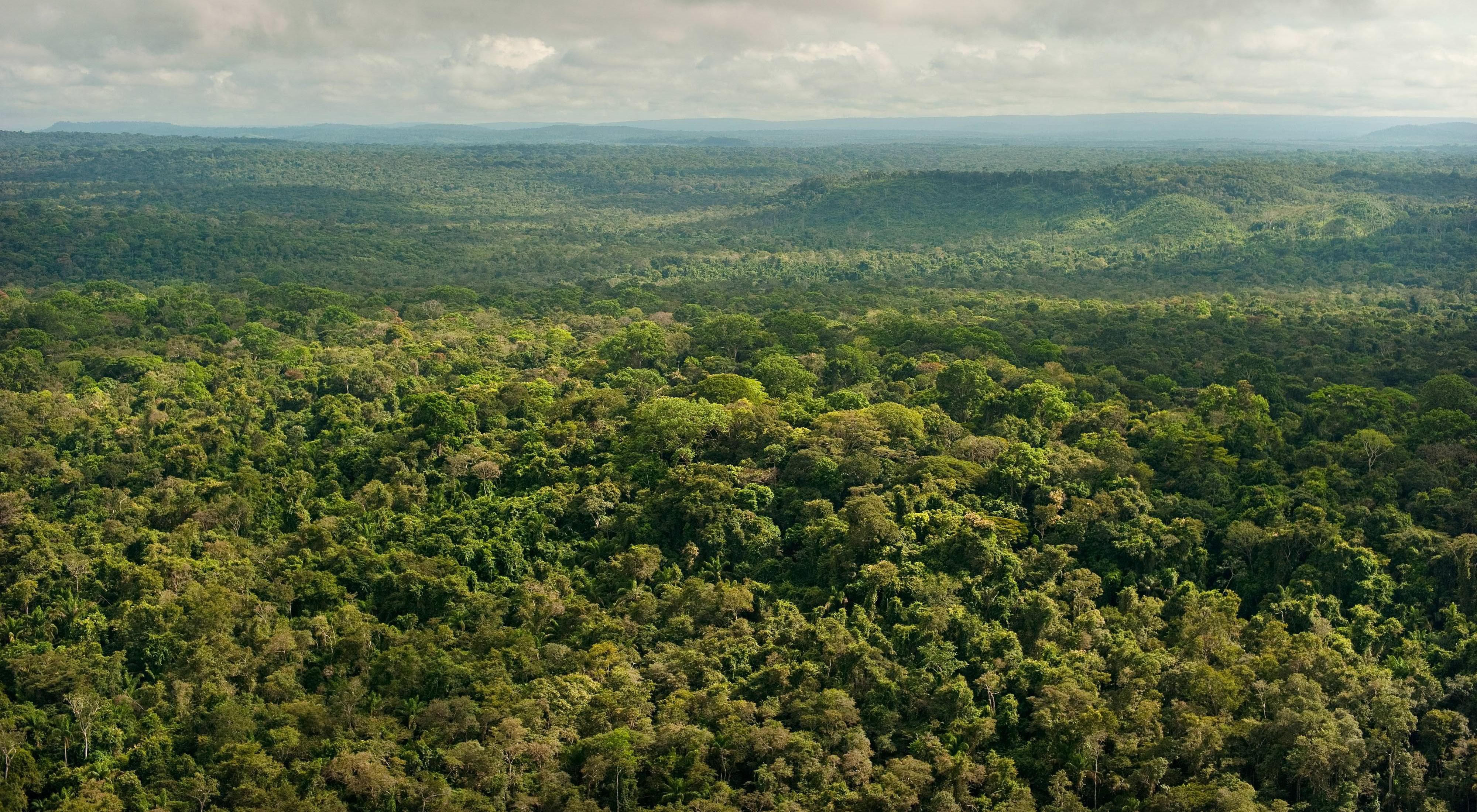The Nature Conservancy and TerraCarbon Launch Scientific Collaboration to Build Trust and Transparency in REDD+ in Carbon Markets
Media Contacts
-
The Nature Conservancy
Email: media@tnc.org
Over the last several months, reporting about the legitimacy of REDD+ carbon credits has unsettled the carbon market and raised important questions. The discussion about how to best measure the impacts of REDD+ projects, which benefit the climate by reducing deforestation and its associated carbon pollution, is valuable and necessary.
Carbon markets must be grounded in strong science and continual improvement. Ultimately, all we can ask of these or any other climate solutions is that they follow best practice and the best available science today. That is why The Nature Conservancy, TerraCarbon and partners are launching a new scientific collaboration to test and compare REDD+ impact measurement approaches.
To determine the impact of forest protection, carbon project developers must set a “baseline.” A “baseline” is the model of how much deforestation would have happened without the carbon project and can have a large impact on the total number of carbon credits awarded to a project.
In January, the Guardian reported that the REDD+ baseline reference region approach in use for a decade by the world’s largest voluntary carbon market standard, Verra, has consistently inflated the climate impact of projects and led to carbon credits that don’t truly benefit the climate. The Guardian criticized the reference region approach based on the findings of recent publications that use a new synthetic control baseline approach to measure the impact of REDD+. However, Verra has been working for well over a year on a new nested jurisdictional baseline approach for REDD+ and recently announced it would be released in Q3 of 2023. Since the January article and Verra’s announcement, there have been several commentaries on the strengths or weaknesses of these different approaches. The commentaries have often been insightful. But what we need now is a systematic, evidence-based evaluation of these three different approaches for measuring the effectiveness of a crucial global climate solution.
The Nature Conservancy has one of the world’s leading Natural Climate Solutions science teams, as well as leading carbon markets and climate policy experts. These TNC experts will be working throughout 2023 with our longtime technical partner, TerraCarbon, and other scientists to test and compare these three different methods for measuring impacts of REDD+ projects. We will publicly report what we learn, including the strengths and limitations of each approach, as well as key implications for carbon markets, climate policy and investment.
Climate change is a crisis—and like any crisis it demands immediate action. The science is crystal clear: There is no way to meet global climate goals without massively scaling up Natural Climate Solutions now. Carbon markets are an important and necessary tool for unlocking the power of nature and cleaning up carbon pollution we don’t yet have other solutions for. A high-quality carbon credit must be based on strong robust science. We must also realize that science will change and improve over time, which should be welcomed. The carbon markets have a steep challenge before them; they must evolve to continually incorporate rapidly improving science. However, as the world charts a path towards ever-better carbon projects—and ever-better methods for accounting for their climate, community and nature benefits—we simply cannot afford for uncertainty to lead to inaction.
Authors
Peter Ellis: Global Director, Natural Climate Solutions Science, The Nature Conservancy
David Shoch: Director, TerraCarbon
Campbell Moore: Managing Director, Global Carbon Markets, The Nature Conservancy
The Nature Conservancy is a global conservation organization dedicated to conserving the lands and waters on which all life depends. Guided by science, we create innovative, on-the-ground solutions to our world’s toughest challenges so that nature and people can thrive together. We are tackling climate change, conserving lands, waters and oceans at an unprecedented scale, providing food and water sustainably and helping make cities more sustainable. The Nature Conservancy is working to make a lasting difference around the world in 81 countries and territories (40 by direct conservation impact and 41 through partners) through a collaborative approach that engages local communities, governments, the private sector, and other partners. To learn more, visit nature.org or follow @nature_press on X.
